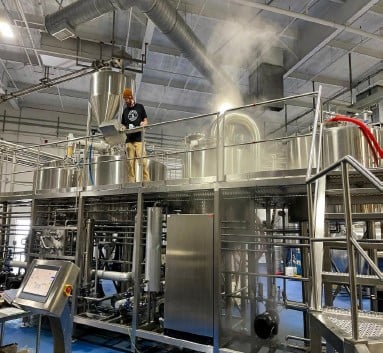How to Use an Electric Brewing System
Overview of Electric Beer Brewing Systems
Electric beer brewing systems are becoming the go-to choice for homebrewers and craft beer makers. They offer precision control, efficiency, and consistency, making them an excellent alternative to traditional gas systems. If you’re looking for a brewing method that eliminates the hassle of propane tanks, provides digital temperature control, and ensures a smooth brewing experience, an electric brewing system is worth considering.
What is an Electric Beer Brewing System?
An electric beer brewing system is a setup that uses electricity as the primary heat source for brewing beer instead of gas burners or open flames. These systems include components such as electric heating elements, temperature controllers, and digital interfaces to provide precise control over the brewing process.
Electric brewing is ideal for indoor brewing as it eliminates carbon monoxide risks and allows for a clean, efficient, and repeatable process. These systems are available in various sizes, from compact single-vessel units for home use to large-scale three-tier systems for commercial brewing.

Traditional Gas System vs. Electric Brewing System
Energy Efficiency and Control
Traditional gas brewing systems rely on propane or natural gas burners to heat brewing kettles. While gas systems can generate high heat quickly, they lack precision in temperature control. Electric brewing systems, on the other hand, use heating elements controlled by digital sensors, ensuring a consistent temperature throughout the brewing process.
Safety Considerations
Gas systems require proper ventilation due to carbon monoxide emissions and the risk of open flames. Electric systems eliminate this hazard, making them safer for indoor brewing.
Cost and Maintenance
Gas brewing systems may have a lower initial cost but require ongoing expenses for propane or gas line installations. Electric systems have a higher upfront cost but lower operational expenses, as electricity is generally cheaper than propane.
Environmental Impact
Electric brewing systems are more environmentally friendly as they do not produce direct carbon emissions. Many brewers also opt for renewable energy sources, making their electric brewing setup more sustainable.
The Advantages of Electric Beer Brewing Systems
- Precision Control: Digital controllers allow exact temperature settings, leading to consistent brewing results.
- Indoor Convenience: No need for propane tanks or ventilation systems, making it ideal for indoor setups.
- Energy Efficiency: Uses only the energy required to heat the wort, reducing waste.
- Safety: No open flames, reducing fire hazards.
- Cleaner Brewing Environment: No combustion byproducts or soot accumulation.
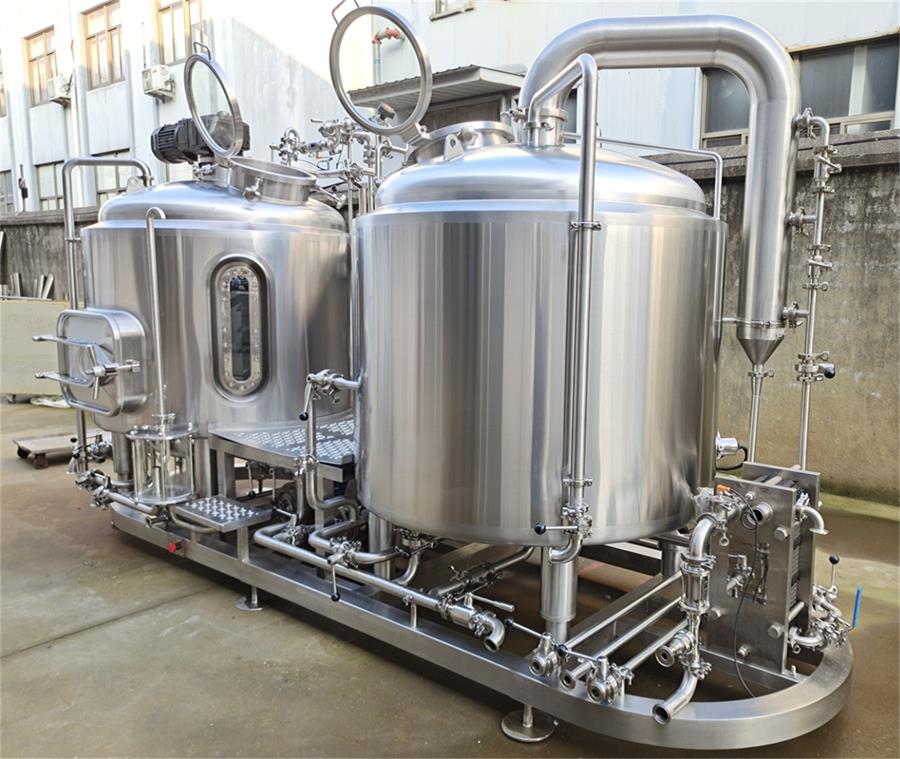
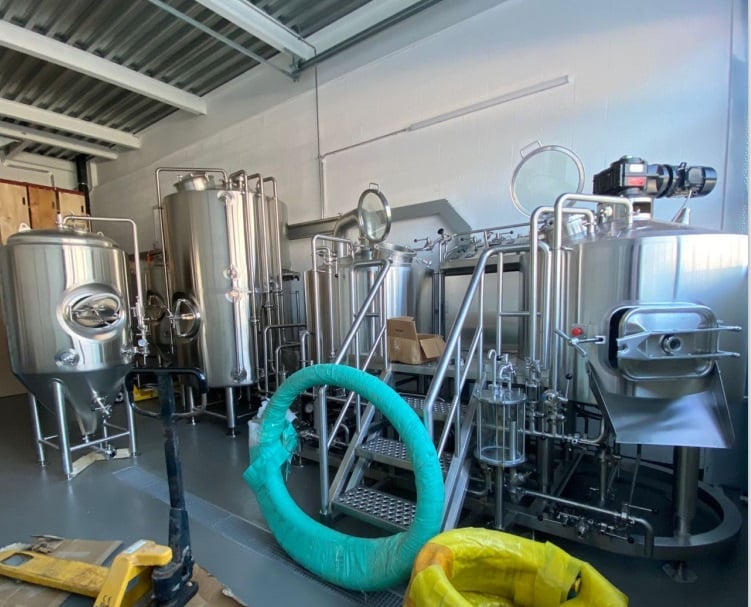
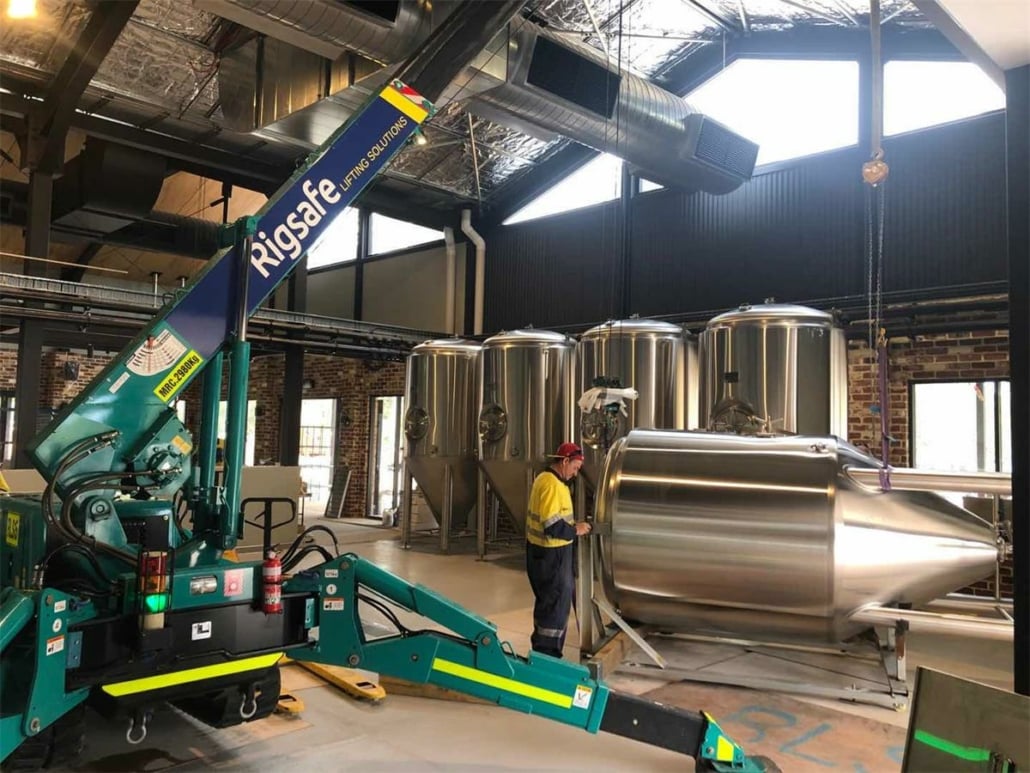
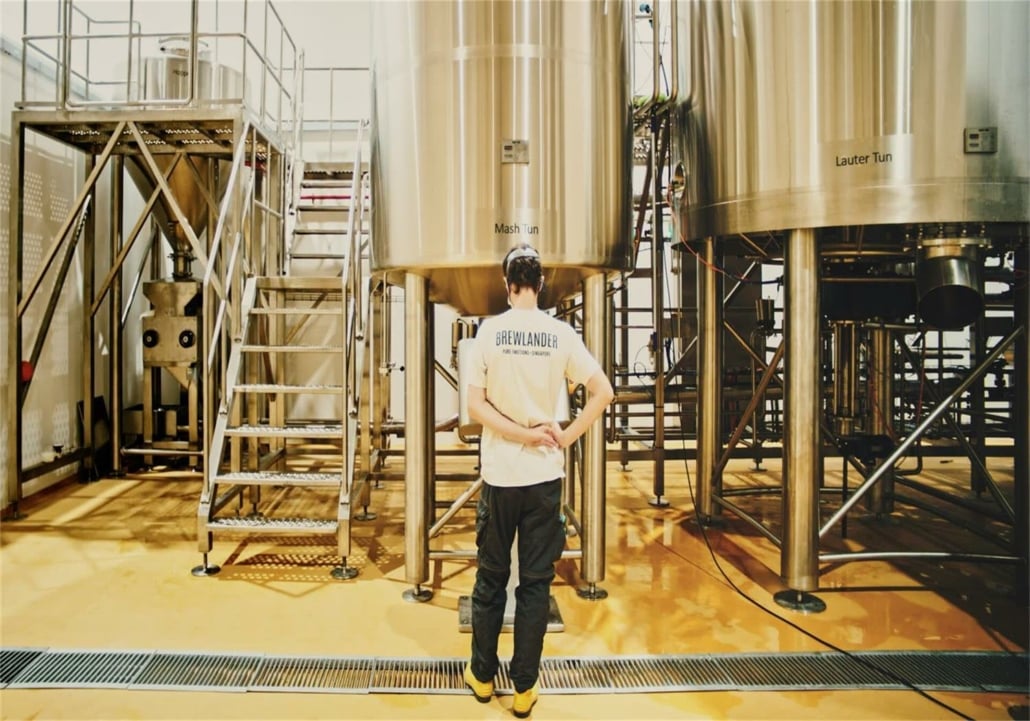
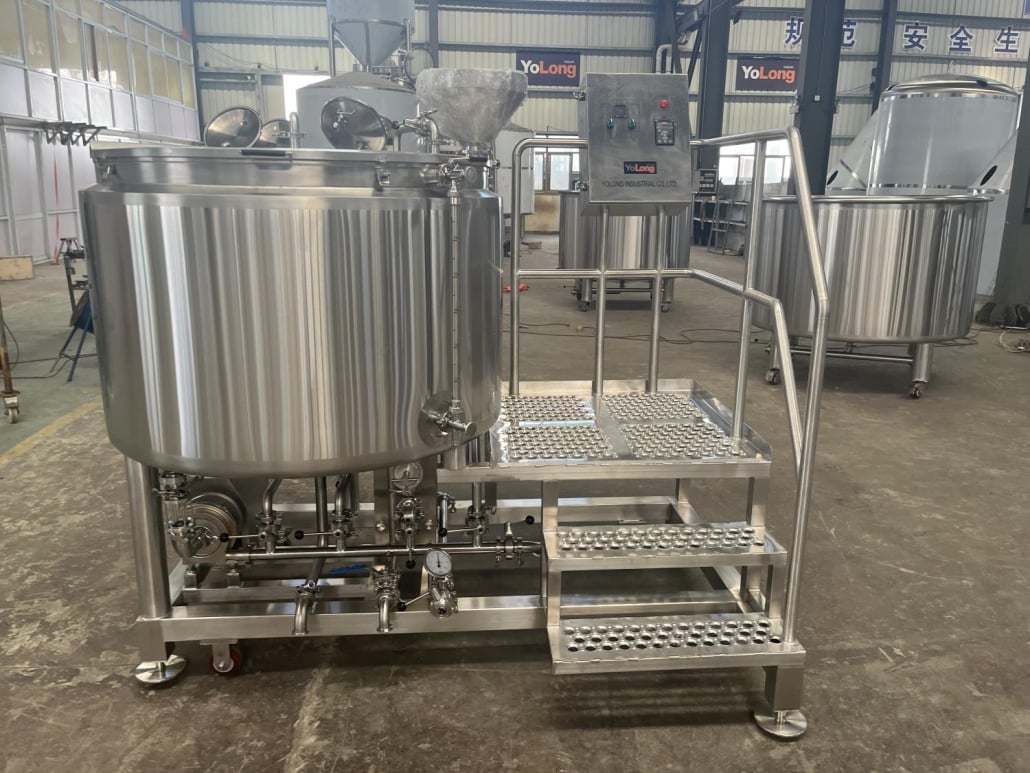
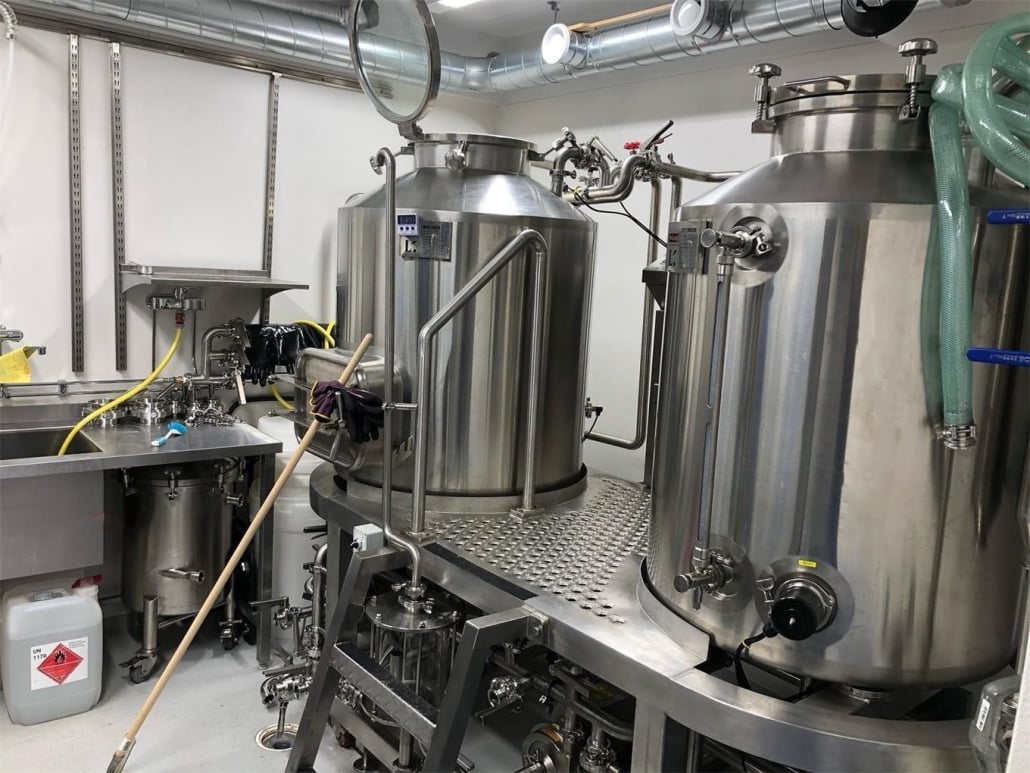
How to Choose the Best Electric Brewing System?
Choosing the right electric beer brewing system depends on several factors. Here’s a comparison table outlining key considerations:
| Factor | Description |
|---|---|
| Batch Size | Homebrewers may prefer 5-10 gallon systems, while commercial brewers need 1-10 barrel systems. |
| Power Requirement | 110V for small setups, 220V for advanced brewing systems requiring higher wattage. |
| System Type | Single-vessel (All-in-One), Two-vessel (Mash & Boil), Three-vessel (Professional Setup). |
| Temperature Control | Digital controllers offer precise adjustments for mash and boil temperatures. |
| Automation | Some systems provide complete automation with programmable brewing steps. |
| Build Material | Stainless steel is preferred for durability and cleanliness. |
How to Use an Electric Brewing System?
- Setup Your System: Assemble the brewing vessel, heating element, and controller in a safe space with access to power.
- Heat Water: Set the desired strike water temperature using the digital control panel.
- Mash-In: Add grains to the heated water and maintain the mash temperature for enzymatic conversion.
- Lautering: Separate the wort from the grains.
- Boil the Wort: Add hops and maintain a rolling boil.
- Cooling and Fermentation: Use a wort chiller to cool the liquid before transferring it to a fermenter.
- Fermentation & Bottling: Allow the yeast to convert sugars into alcohol, then carbonate and bottle the beer.
Common Problems in Electric Beer Brewing
- Temperature Fluctuations: Caused by faulty controllers; recalibrate or upgrade your PID controller.
- Slow Heating Time: Could indicate an underpowered heating element; upgrading to a higher wattage may help.
- Scorched Wort: Results from direct contact with heating elements; stirring frequently can prevent this.
- Circuit Overload: Ensure your power source can handle the system’s wattage requirements.
- Pump Malfunctions: Regular cleaning prevents clogging and extends the pump’s lifespan.
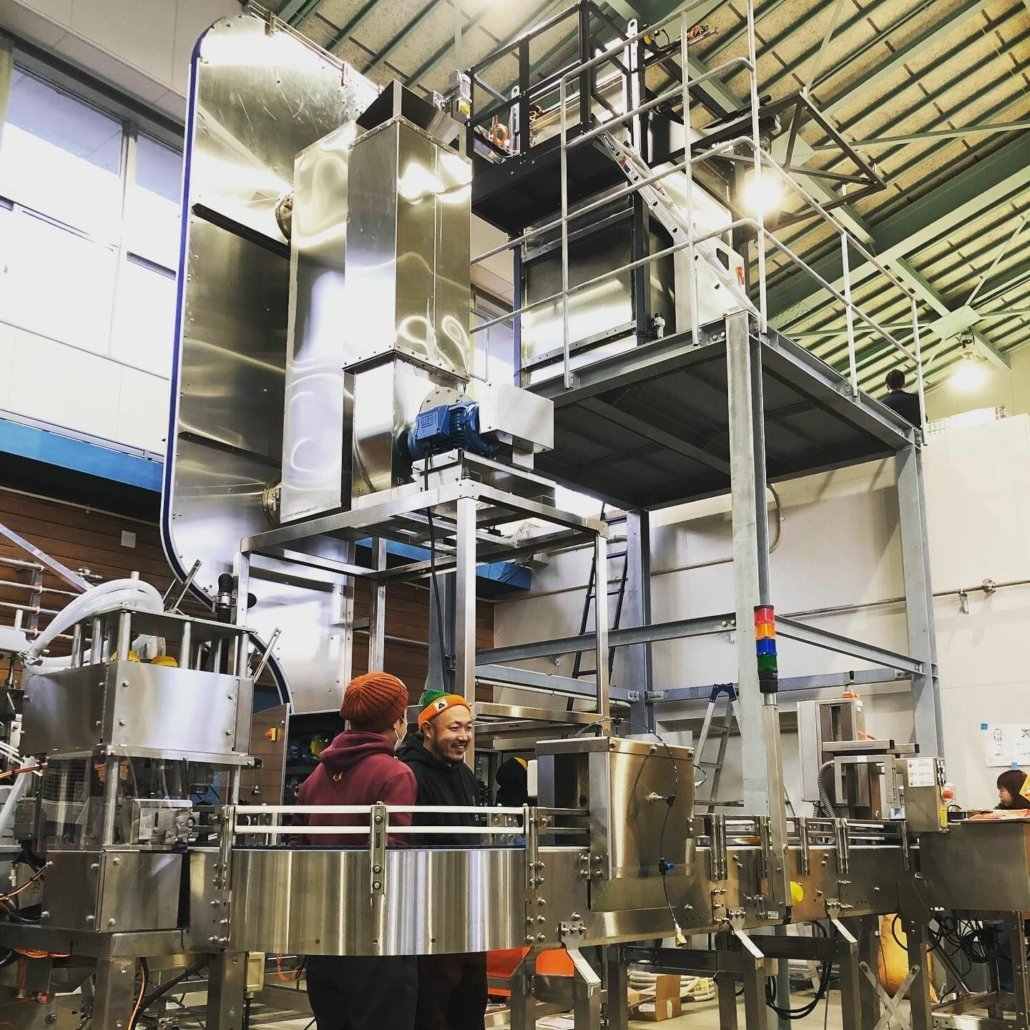
FAQ
| Question | Answer |
|---|---|
| Is an electric brewing system better than gas? | Electric systems offer precision, safety, and indoor convenience, while gas systems provide high heat quickly. |
| How much does an electric brewing system cost? | Prices range from $300 for entry-level systems to $5,000+ for commercial-grade setups. |
| Do I need a special power outlet for an electric brewing system? | Some require 220V outlets, while smaller systems can run on standard 110V. |
| Can I brew professional-quality beer with an electric system? | Absolutely! Many craft breweries use electric setups for small-batch brewing. |
| Are electric brewing systems hard to clean? | No, stainless steel construction makes them easy to sanitize and maintain. |
| What size electric system do I need? | A 5-10 gallon system is ideal for homebrewers; professionals should consider larger capacities. |
Share this entry
Interested in learning more about Brewing Systems including additional details and pricing information? Please use the form below to contact us!
YOLONG BREWERY EQUIPMENT FAQS
- Commercial Brewery / Craft Brewery / Microbrewery / Nanobrewery
- What is The Difference Between Craft Beer and Industrial Beer?
- The Bespoke Differences In Custom Brewing Systems
- Everything You Need to Know About Kettle Souring
- How to Choose Brewing Equipment for Your business?
- How To Choose The-Best Partner To Build Your Commercial Microbrewing System?
- Two Detection Sensors That You Need To Use In Your Brewhouse System
- Remote Control Applications in Brewing Equipment/How does it work?
- How To Clean Your Brand New Brewery Tanks?

